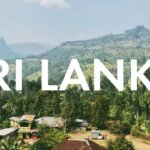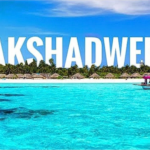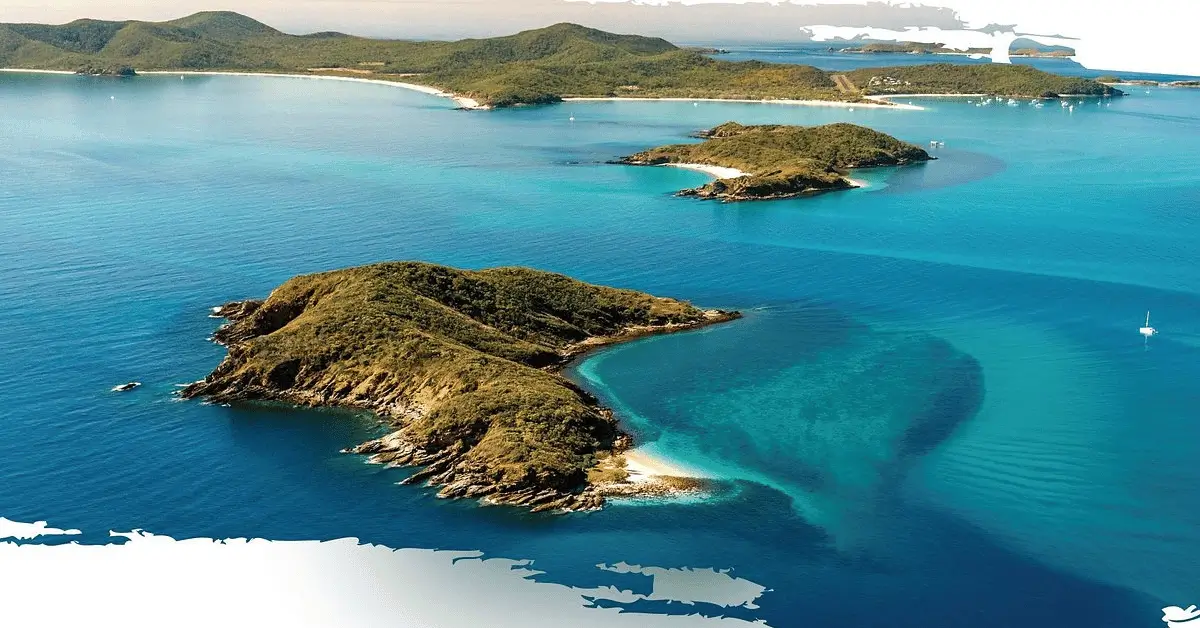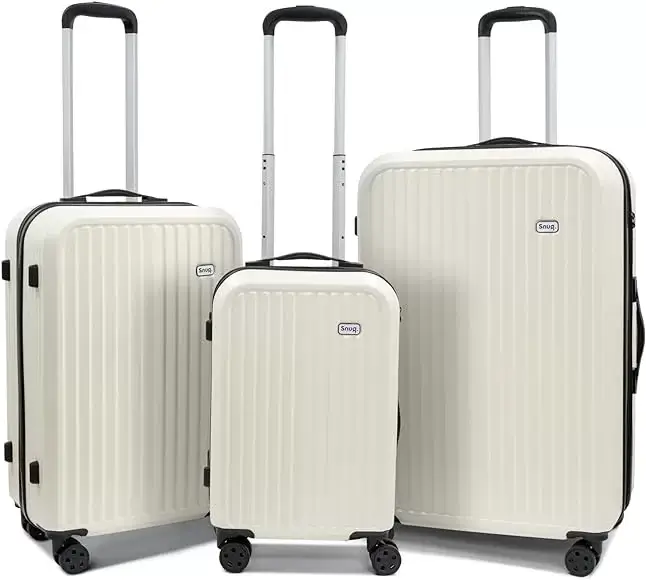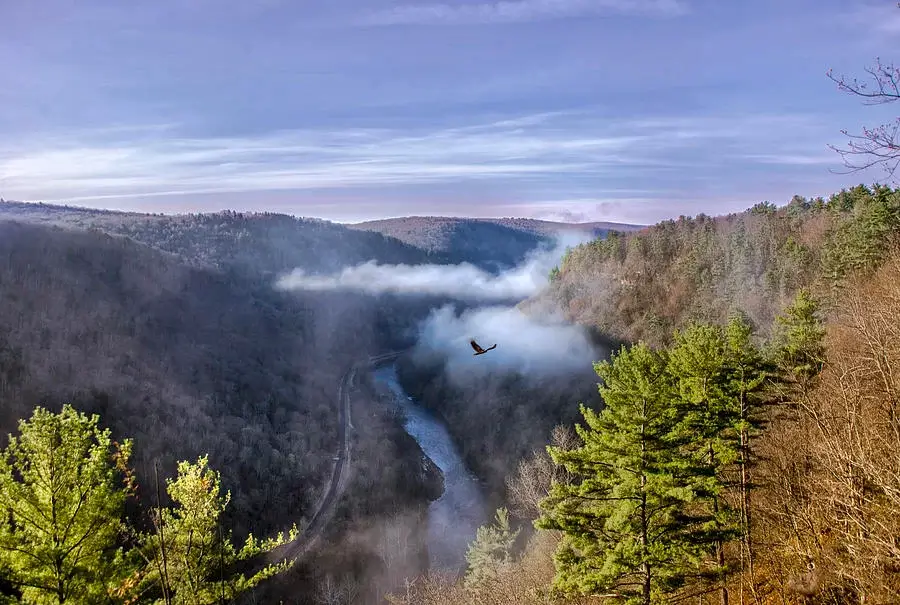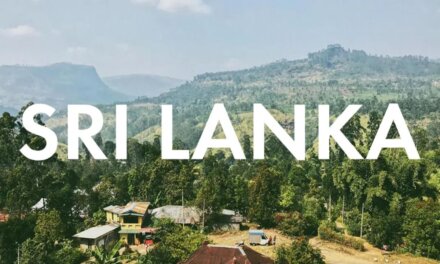
How To Plan A Sar Pass Trek Tour Within Your Budget?
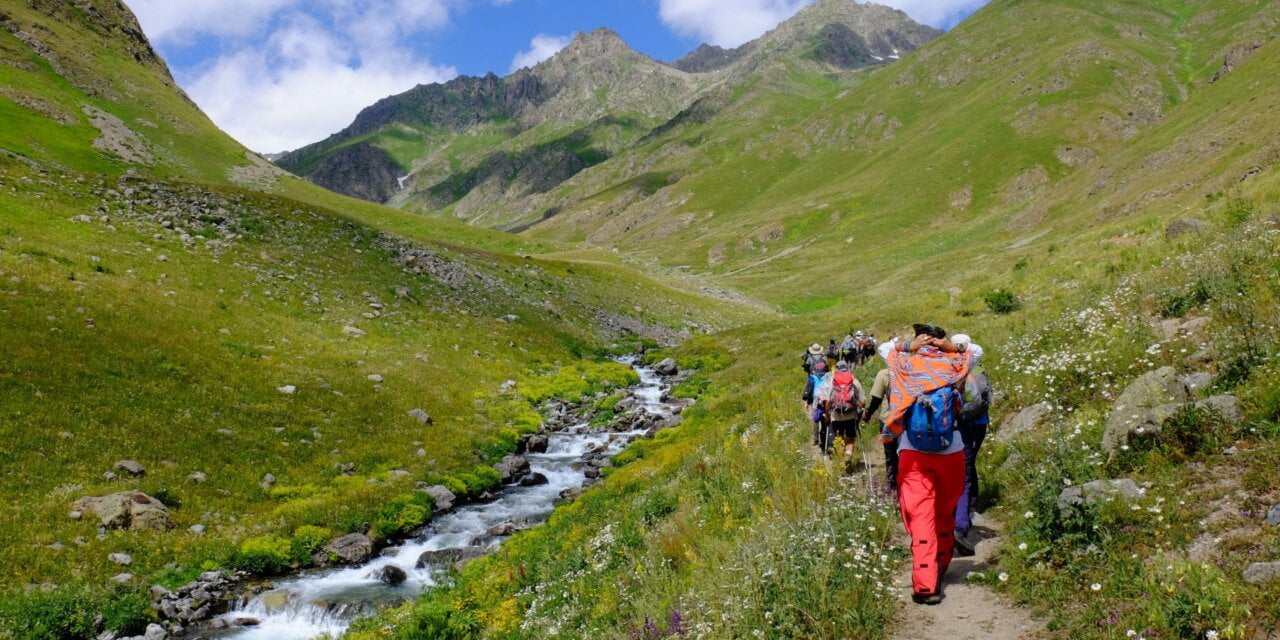
The Sar Pass trek in the Indian Himalayas is well-known for its breathtaking views and reasonable difficulty, which makes it suitable for hikers of all experience levels. Trekking in the magnificent Parvati Valley will offer you beautiful scenery ranging from snow-capped peaks to lush pine woods. Sar Pass is unique in that it appeals to travelers on a tight budget. You may make the excursion more affordable by bringing your supplies and camping. An exciting encounter without excessive effort is guaranteed by the moderate difficulty level. The trek’s appeal comes from the way it strikes a mix between accessibility and natural beauty for those looking for an inexpensive alpine experience.
Table Of Contents
Understanding the Sar Pass Trek
Famous for its breathtaking scenery and moderate difficulty level, the Sar Pass trek is one of the most popular Himalayan treks in India. Decorated by snow-capped peaks, scenic meadows, and thick woods, the path takes trekkers way up from Kasol in Himachal Pradesh. The trek offers a moderate level of difficulty to beginners and experienced alike. A greater altitude presents trekkers with snow patches, restricted trails, and hard climbs.
The best time for the Sar Pass trek is from May to October when the weather is pleasant, and the trail is mostly snow-free. The typical duration is 5-6 days, covering around 48 kilometers. Highlights include breathtaking views of the Parvati Valley, camping at scenic spots like Min Thach and Biskeri Thach, and the thrilling crossing of Sar Pass itself, offering panoramic vistas of the Himalayas.
Understanding and Setting Your Budget
1. Transportation and Permits

Plan your transportation and permission costs ahead of the Sar Pass trek. Calculate how much it will cost to get to and from the trek. Consider the licenses and registrations that you might require on the trek. Consider carefully how much you will need to pay for permits and transportation costs. Look up current permit costs and available transit choices on the internet. Assuring a well-planned trekking trip and preventing surprises are two benefits of budgeting effectively.
2. Fooding And Accommodation
Budgeting requires thoughtful preparation. Based on price and comfort, pick between camps and homestays for stays while on the Sar Pass trek. While homestays provide local experiences, camps offer adventure. When planning the trek it is important to keep the food in mind. Consider nutritional requirements and preferences. Track your spending frequently to avoid going over budget. One may enjoy the hike worry-free if they have a clear grasp of their requirements and priorities.
3. Miscellaneous expenses
When planning your budget for a trek, consider miscellaneous expenses like snacks, gear rentals, or unexpected costs. Allocate funds for souvenirs or emergency items. Keep track of small purchases to avoid overspending. Prioritize essentials like food, water, and permits. Research local currency and payment methods. Set aside contingency funds for emergencies. Plan to balance your budget effectively. Stay flexible with your spending but mindful of your limits. Use budgeting apps or spreadsheets to monitor expenses. Enjoy your trek while being financially prepared for any unexpected costs.
Planning Your Sar Pass Trek in Budget
1. Itinerary suggestions
Planning a budget-friendly Sar Pass trek requires careful consideration. Begin by outlining your itinerary to manage costs efficiently. A standard 5-day plan covers key points and involves trekking approximately 10-15 kilometers daily. For budget flexibility, explore shorter or extended options, adjusting according to your financial constraints.
The ideal trekking seasons are May-June and September-October, offering pleasant weather and clearer paths. In May-June, witness blooming flora, while September-October showcases beautiful colors of the autumn season. Prioritize cost-effective accommodations and local cuisine to optimize your budget. Be equipped with essential gear and permits, ensuring a safe and enjoyable adventure.
2. Transportation
The next step in planning a budget-friendly trek is affordable transportation. Begin by reaching Kasol via public transport like trains and buses. For trains, consider routes to nearby stations like Chandigarh or Pathankot, then take a bus to Kasol. Estimated costs vary.
In Kasol, opt for local taxis or jeeps to reach the trek’s start. Prices depend on the distance and vehicle type. Shared rides may offer savings. Prioritize planning and booking in advance especially in the tourism season to ensure a smooth and economical start to your Sar Pass adventure.
3. Permits and registrations
Obtaining the required licenses and permissions is a key step in planning a budget-friendly Sar Pass trek. First things first, make sure the Forest Department issues you permission. This permit is essential to your safety since it allows the authorities to track the trekkers and help if necessary.
Furthermore, pay a small registration fee to become a member of the local hiking association. During the journey, insurance coverage is included with this registration. In addition to adhering to rules, the appropriate permits facilitate emergency response, making trekking secure and well-planned. Remember that responsible enjoyment of the breathtaking Sar Pass hike depends on following permission requirements.
4. Accommodation
Budget-conscious trekkers should take lodging into account while planning their Sar Pass journey. Popular options with advantages and disadvantages are camping and homestays. Although it involves packing, camping gives independence and a close-up view of the natural world. Though they offer comfort and a taste of the local way of life, homestays are less flexible.
In contrast, camping requires only basic gear and is less expensive. Convenient but a little more expensive are homestays, which include meals and other facilities. When traveling, look for economical campgrounds; these are sometimes free or inexpensive. To ensure affordability for homestays, check rates and make reservations in advance. To maximize your Sar Pass journey, make advance plans to balance comfort and affordability.
5. Food
Making wise dietary decisions is part of planning a low-cost Sar Pass trek. Meals on the hike can be made by yourself or are usually supplied by the guides. Choosing to prepare meals yourself can help you save money; bring light cooking utensils for ease of use. To save money, shop wisely at Kasol, the trek’s base, by purchasing groceries in bulk from nearby shops.
Invest in basics like quick noodles, rice, and lentils. Bring light and high-energy food on the journey, such as energy bars, almonds, and dried fruits. These snacks provide you energy quickly without packing a lot of weight into your rucksack. While ensuring you stay motivated and control expenses on your Sar Pass journey, effective meal and snack planning is essential.
6. Trekking gear
Planning your Sar Pass trek on a budget requires smart choices, especially with trekking gear. Proper gear ensures a safe and comfortable journey. Essentials like a sturdy backpack, good trekking shoes, and layered clothing are crucial. For budget options, consider renting gear rather than buying. This saves money and storage space.
Look for local shops in Kasol that offer gear rentals. Renting locally is convenient and supports the community. Choose gear wisely—invest in quality items like shoes and layers, and rent larger items like tents and sleeping bags. Renting locally also reduces environmental impact by promoting gear sharing. With the right gear, your Sar Pass trek will be memorable and budget-friendly.
7. 3Miscellaneous expenses
When planning an affordable Sar Pass trek, it’s important to account for extra expenses like porters, laundry, and incidentals. While hiring porters might save costs, it is not always practical. Instead, choose to carry necessities in a lightweight backpack. Doing washing in Kasol, a neighboring town, will help you save money as laundry services on the route are pricey.
Furthermore, budget for minor expenses like emergency supplies or snacks. Carry reusable products and pack sparingly to save money. Relying too much on porters or other hired services is not always a good idea. To keep costs down throughout your amazing hiking adventure, prioritize necessities and make good use of available resources.
Tips for Staying Within Budget
Staying within budget while planning for the Sar Pass trek or any adventure trip is crucial to ensure you have a stress-free and enjoyable experience without overspending. Here are six tips to help you manage your budget effectively:
1. Plan and Research Thoroughly
Start by thoroughly researching the costs associated with the Sar Pass trek package. Look into transportation, accommodation, permits, gear rentals/purchases, and any additional fees. Having a clear understanding of these expenses upfront will help you set a realistic budget.
2. Set a Realistic Budget
Based on your research, set a detailed budget outlining how much you can afford to spend on different aspects of the trek, such as travel, accommodation, meals, gear, and incidentals. Be sure to include a buffer for unexpected expenses.
3. Prioritize Essential Items
Identify essential items that you must spend money on, such as quality trekking gear (if you don’t own them), permits, transportation, and accommodation. Allocate a larger portion of your budget to these necessities.
4. Pack Smartly
Save money by packing smartly and bringing essential items from home, such as suitable clothing, trekking poles, a backpack, and other gear you might already own. This can significantly reduce rental or purchase costs at your destination.
5. Opt for Budget-Friendly Accommodations and Meals
Look for budget-friendly accommodation options like hostels, guesthouses, or campsites rather than luxury hotels. Similarly, consider preparing your meals or opting for inexpensive local eateries instead of restaurants catering to tourists.
6. Monitor and Adjust Spending
Keep track of your spending during the trek. Regularly review your budget and adjust your expenses if necessary to stay within your financial limits. Avoid unnecessary splurges and focus on enjoying the natural beauty and experience of the trek.
By following these tips and staying disciplined with your budget, you can have a memorable Sar Pass trek experience without breaking the bank.










